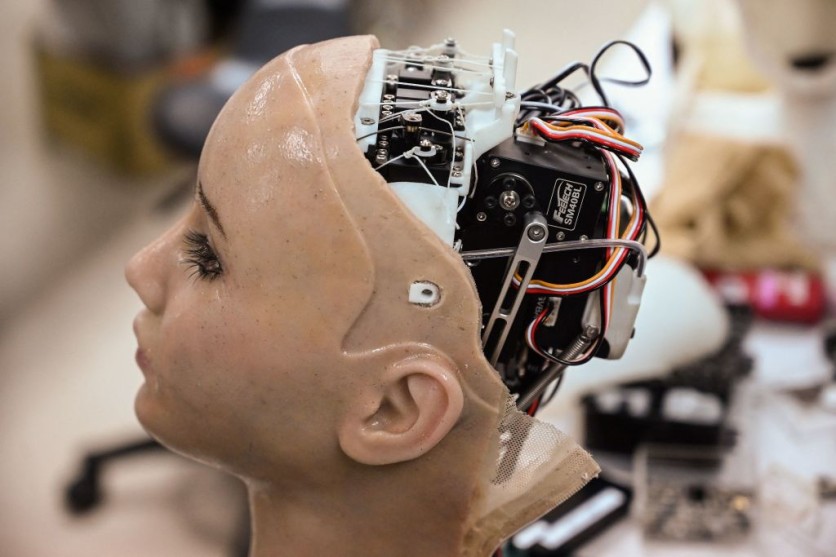Ex-Robots, situated in the vibrant industrial landscape of China's northeastern coastal city of Dalian, is at the forefront of developing humanoid robots. Its remarkable emphasis is on replicating human-like facial expressions and emotions.
Developing Humanoid Robots
Within the bustling factory floor, engineers sculpt and assemble these advanced robots, infusing them with a range of nuanced facial movements to convey emotions precisely. Moving around the workspace, you'll see tables neatly arranged with silicone masks, arms, and feet.

There are also heads made to look like humans, showing how detailed the design process is. Next to these displays, you'll find humanoid robots at different building stages, demonstrating the constant progress in robot technology.
The factory walls are adorned with intricate drawings and blueprints, offering glimpses into the creative process behind each humanoid creation. These designs represent the collective effort of engineers dedicated to pushing the boundaries of robotics, seeking to imbue their creations with a level of realism that blurs the lines between human and machine.
Within this dynamic environment, Reuters reported that Ex-Robots continues to refine its craft, with each development contributing to the evolution of humanoid robotics and paving the way for future advancements in the field.
Pioneering Human-Robot Interaction
Ex-Robots' CEO, Li Boyang, highlighted their in-house software and algorithm teams, emphasizing that humanoid robots represent the most intricate robotics category. He explained that while many use open-source models and algorithms, they focus on developing AI capabilities to recognize and convey emotions and expressions.
At Ex-Robots, a worker's head movements, smiles, and tongue protrusions prompt a humanoid robot to mirror her actions, powered by miniature motors embedded in its head. Li explained that they're developing a foundational model capable of multi-modal emotional expression. This model can sense the environment and respond with suitable facial expressions.
Ex-Robots stated that it typically takes two weeks to a month to manufacture a humanoid robot priced between 1.5 million yuan ($207,000) and 2 million yuan. These robots are primarily intended for museum exhibitions, one of which is located within Ex-Robots' factory premises.
In the future, Li envisions humanoid robots playing a significant role in healthcare and education. He anticipates applications such as psychological counseling and health services, including auxiliary treatment and screening for emotional and psychological disorders. Additionally, Li sees potential in emotional interaction for service industries catering to children and beyond.
Ex-Robots stands as a pioneering force in humanoid robotics, situated amidst the bustling industrial landscape of Dalian, China. Their commitment to developing robots with lifelike facial expressions and emotions underscores a dedication to bridging the gap between human and machine interaction.
The potential applications in healthcare, education, and service industries signal a promising future where humanoid robots may play integral roles in various aspects of society, facilitating emotional connection and enhancing human experiences.
Related Article : Chinese Company's Electric-powered Humanoid Robot H1 Does a Backflip, Sets Speed Records

ⓒ 2025 TECHTIMES.com All rights reserved. Do not reproduce without permission.




